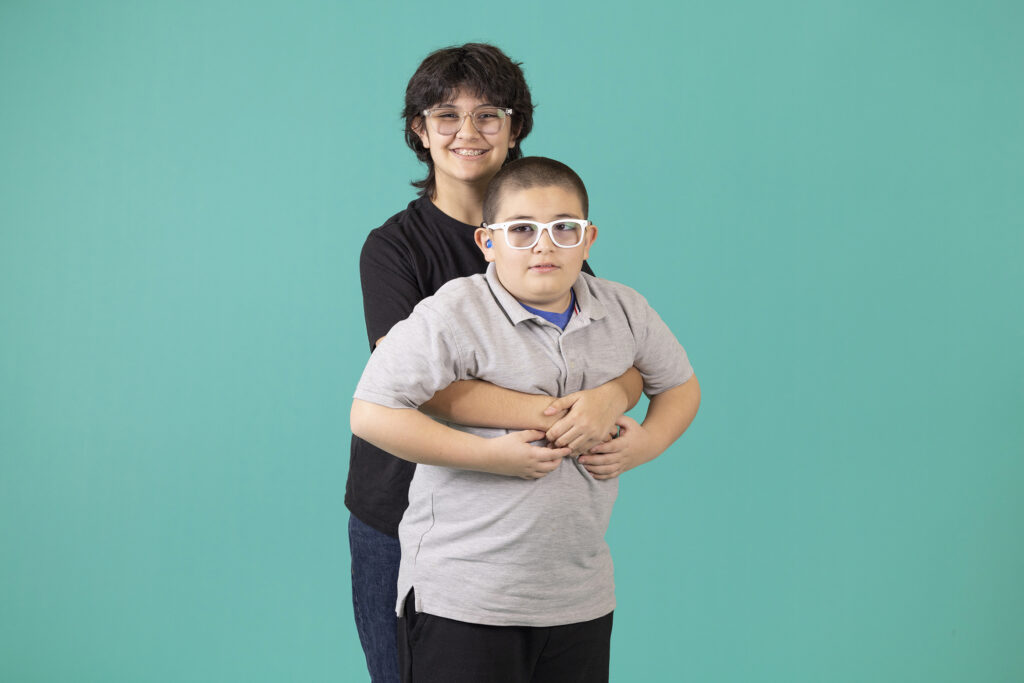Housing
Creating a secure living space is crucial for all individuals. While many adults with Autism manage to live independently within their communities without additional aid, others may require professional assistance to maintain their health and safety. The provision of supportive housing for adults with Autism spans a diverse range of environments and staffing models. However, accessing such housing can pose significant challenges for many adults with Autism due to a limited availability of resources. Despite this, limited resources should not prevent adults with Autism from making choices about where and with whom they want to live.

Types of Supportive Housing
Independent Living
Individuals live in their apartments or houses and require little to no support services from outside agencies. Services, if present, only service to help with complex issues.

Supervised Group Home
Often located in residential neighborhoods, this typically houses several individuals with disabilities. Trained professionals are on standby to assist each resident according to their needs.

Supervised Apartment
These are for individuals who still need supervision and assistance but prefer to live with fewer people. A paid professional comes by several times a week to assist.

Shared Living
An adult with Autism shares a private family home with dedicated caregivers. This arrangement replicates a private home experience and encourages familiar connections between caregivers and individuals with Autism.

Connect to support the Autism Society of Chicago
